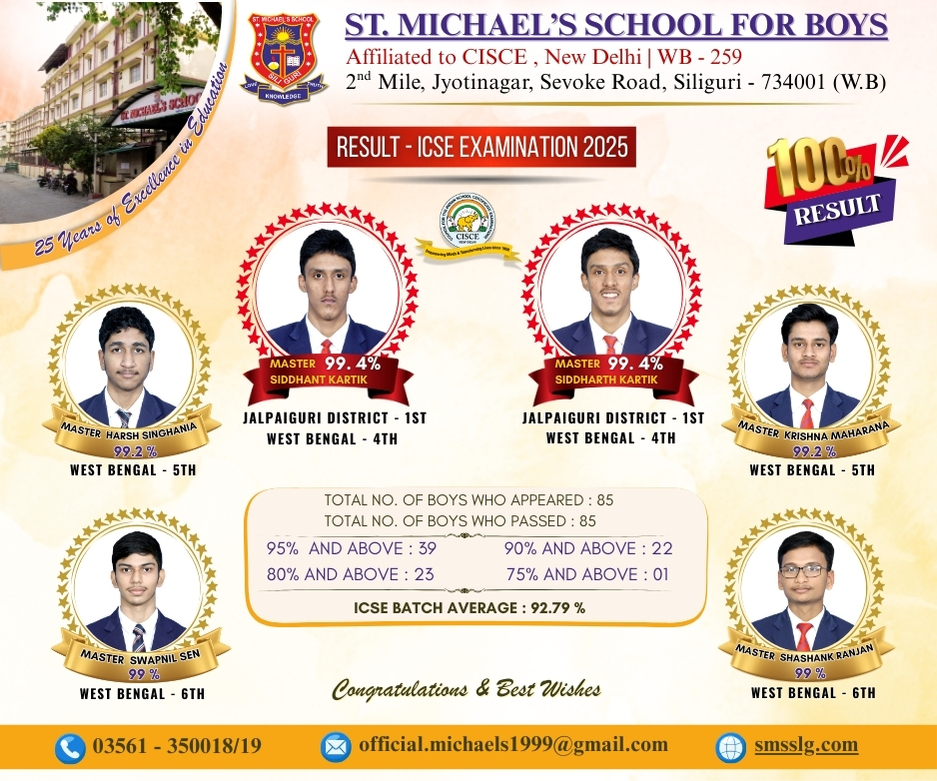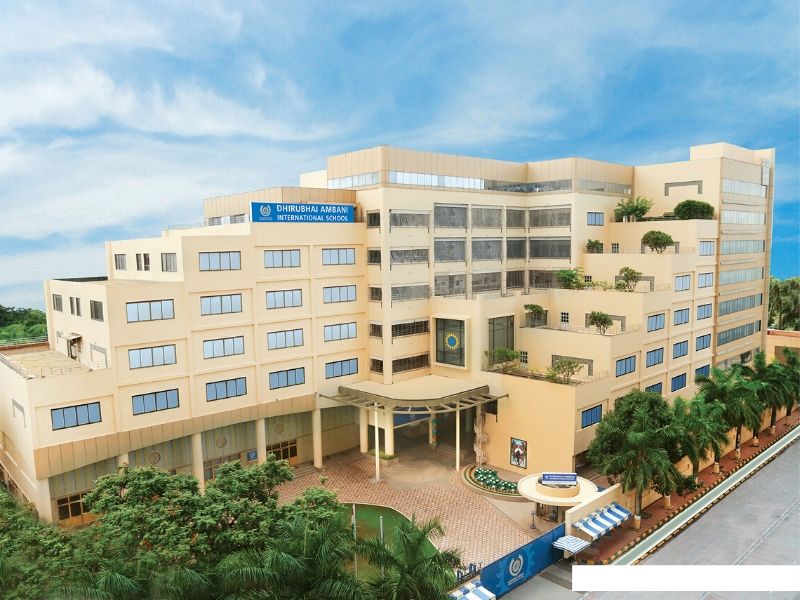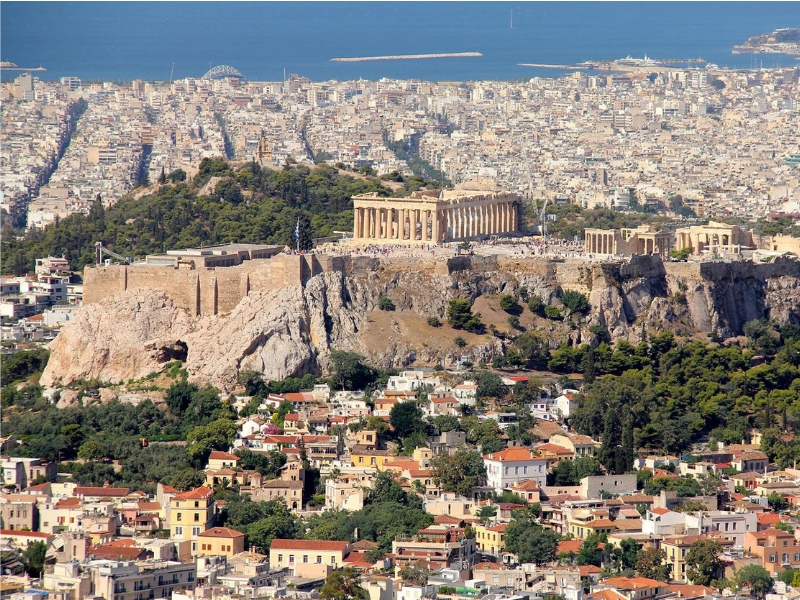A recent visit to India by Thomas Piketty, renowned professor of economics at the Paris School of Economics who has acquired a global reputation for his ground-breaking research on wealth inequality in several countries, has reignited the debate about high wealth disparity in contemporary India. At issue is whether priority should be given to reducing the income and wealth gap between the rich and poor. According to a famous statement made by Piketty some time ago, the yawning gap between India’s wealthiest 10 percent and the remaining 90 percent is wider now than it was during British colonial rule.
Detailed research studies conducted by World Inequality Lab established by Piketty at the Paris School of Economics indicate that 55-60 percent of national income accrues to India’s wealthiest 10 percent. Against this the share of the richest 10 percent in US national income is 40-45 percent, China 40 percent and Europe 25-30 percent.
In a detailed interview with Business Standard (December 14) Piketty said that a modest 2 percent wealth tax on India’s 334 dollar billionaires would release a “lot of money “ for investment in public social infrastructure (education and health).
The majority within this privileged minority owes its income and wealth to heavily-subsidised higher education provided by successive Central and state governments which subsidized — and continue to do so — college and university education at the cost of public K-12 education. Therefore a 2 percent wealth tax on accumulated wealth (property, stocks and shares, and other tangible assets, not income) for investment in public schools, primary health centres and hospitals would be fair, just and equitable contends Piketty. As repeatedly highlighted by EducationWorld, India’s public (government) school system defined by crumbling buildings, lack of libraries, laboratories and lavatories and chronic teacher absenteeism is in a pathetic state of disrepair and, needs substantial investment.
Nevertheless it’s also entirely possible that if an additional tax is imposed upon the upper-middle class and the rich who are already heavily taxed at low income thresholds, it will accelerate talent and capital flight, which has already begun. In 2023, an estimated 5,100 Indian dollar millionaires migrated abroad for various reasons including continuous harassment by the neta-babu brotherhood, heavy official and unofficial taxation, and unease of doing business in India.
In the circumstances the best via media is for the Central government to mandate a 2 percent wealth (not income) tax payable by all rupee billionaires with the proviso that they are free to make direct pay-ins to education and health projects of their choice. This would eliminate the greatest opposition of HNIs (high net worth individuals) to additional taxes — payment through the agency of government where there is every possibility for wasteful establishment and/or misdirected expenditure. Given in memoriam naming rights, and bilateral donor-donee interaction, there is high possibility of India’s rich welcoming the opportunity to develop the country’s high-potential human resource.























